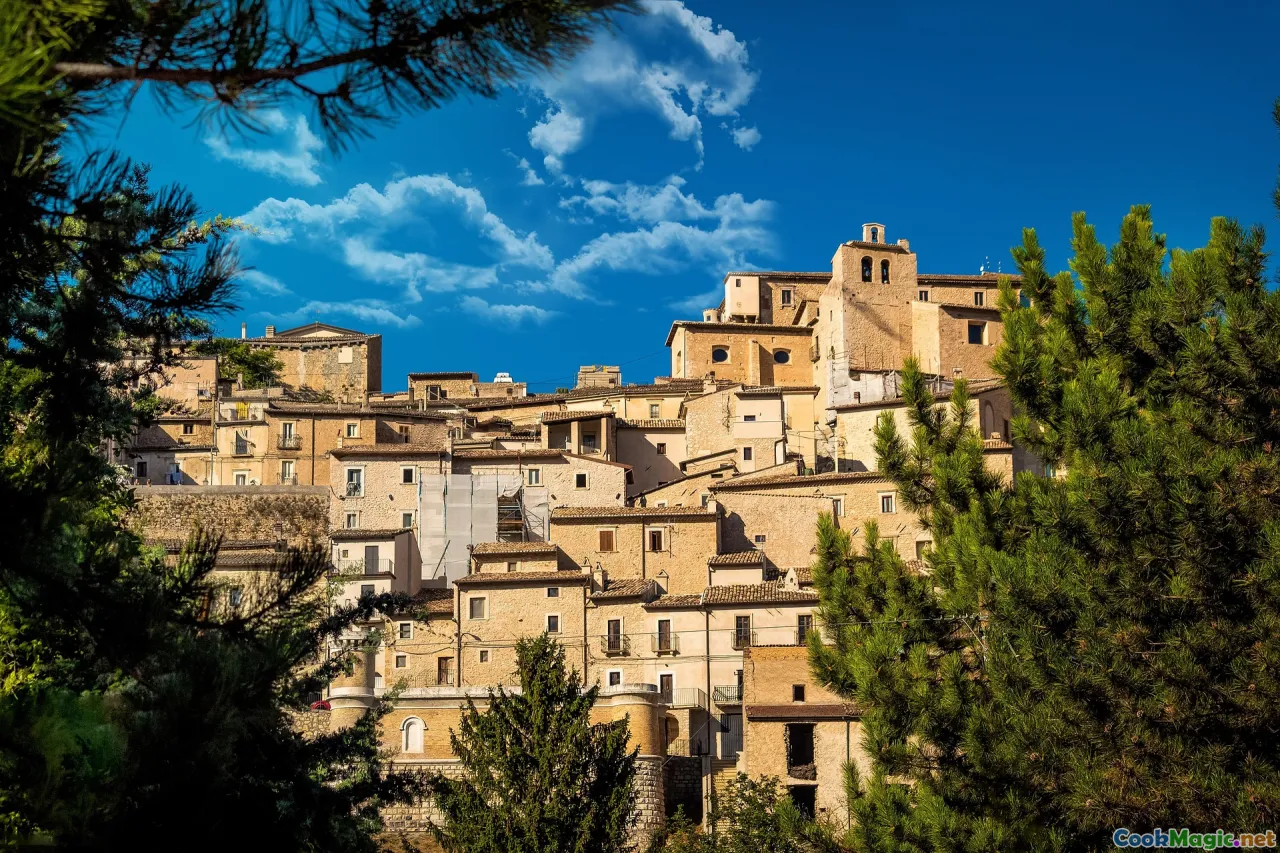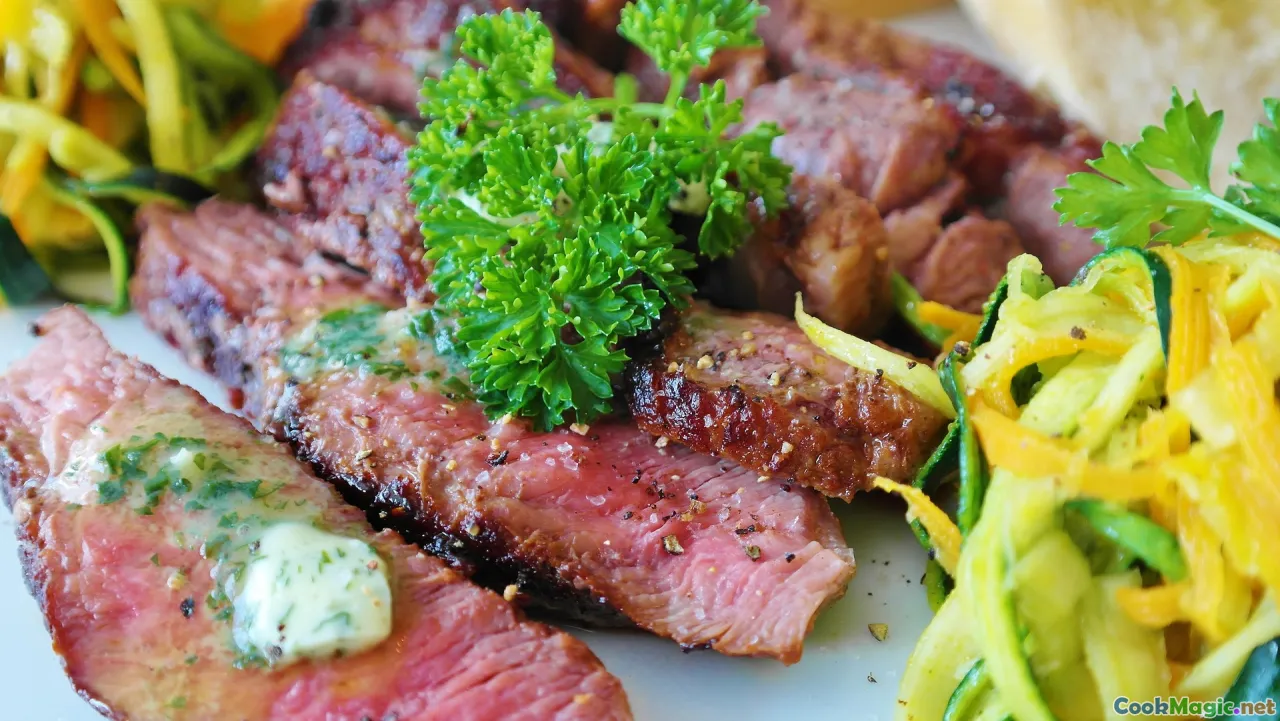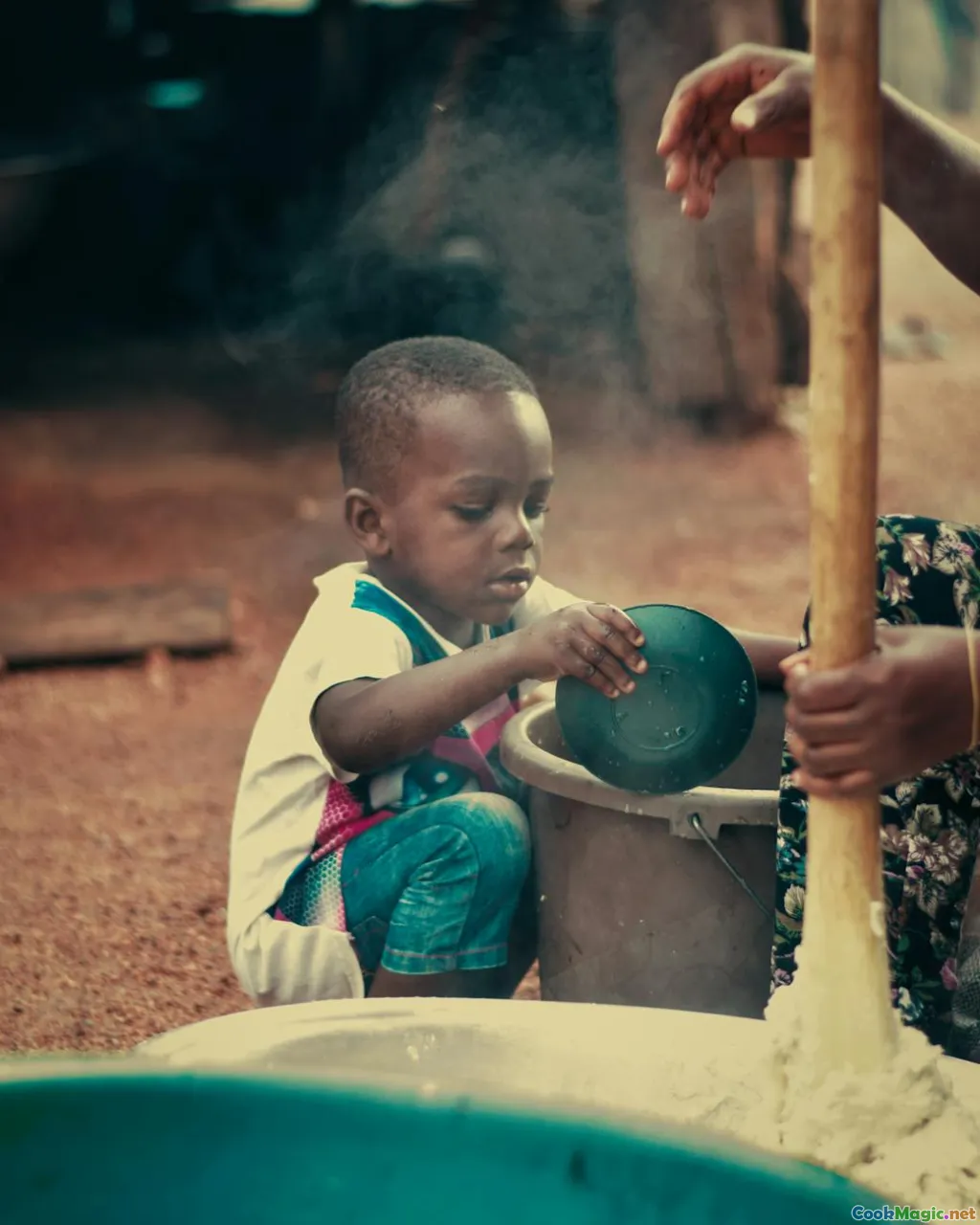Tracing History With Paschtéit Meat Pie Origins
11 min read Explore the rich history and cultural significance of Paschtéit meat pies within Luxembourgish culinary traditions. July 22, 2025 06:05
Tracing History With Paschtéit Meat Pie Origins
Luxembourg, nestled within the verdant heart of Europe, might be a small nation geographically, but it stands tall in the rich tapestry of culinary traditions. Among its most cherished regional delicacies is the Paschtéit—a humble yet profound meat pie that whispers tales of medieval feasts, rural ingenuity, and aristocratic banquets. For culinary enthusiasts and history buffs alike, tracing the roots of Paschtéit offers a flavorful journey through Luxembourg’s layered past, revealing how rustic ingredients and cultural currents fused into a culinary jewel that continues to grace tables today.
A Delicate Dance of History and Flavor

Few dishes embody Luxembourg's regional soul more evocatively than the Paschtéit. As its golden crust crackles softly upon first cut, one imagines generations of Luxembourgers gathered around communal tables, sharing stories over hearty, filling slices. The origin of this classic is as layered as its inside—comprising historical influences, socio-economic shifts, and enduring communal traditions.
Tracing it back, Paschtéit has roots deep in medieval Europe’s culinary landscape. During the Middle Ages, meat pies served as portable sustenance for farmers, soldiers, and traveling merchants. The crusts, often adorned with intricate lattice or pierced patterns, weren’t merely part of aesthetics—they helped preserve the filling, prevent spoilage, and served as an insulator against the cool, damp climate of the Low Countries.
In Luxembourg, the pie would have been made with local ingredients—pork, beef, or mutton—gamified and seasoned with herbs, onions, and sometimes a splash of wine or beer. The aroma—rich, savory, and warming—would waft through village streets, becoming an olfactory anchor of Luxembourg’s agrarian lifestyle.
The Evolution from Medieval Countryside to Modern Table

As centuries unfurled, Paschtéit evolved, shaped subtly by socio-political upheavals and culinary exchanges. The influence of neighboring France and Germany introduced new spices, techniques, and presentation styles. The humble pie, once a plain, functional fare, gained nuances that reflected an emerging courtly culture.
In Luxembourg’s noble circles, the Paschtéit was refined—layers of minced meats blended with thyme, parsley, and a hint of nutmeg. A touch of cream or an egg wash on top made the crust gleam with an inviting sheen, signaling its versatility from rustic dish to fine supper. Bakehouses in Luxembourg City began to feature specialized Paschtéit variations, which became emblematic of local identity.
Today, the evolution continues with twists—think seasoned minced pork mingling with sauerkraut or mushrooms for a modern Luxembourgish twist—yet, the essence remains tied to its roots: hearty, accessible, and deeply cultural.
Rediscovering Tradition: How to Make a Authentic Luxembourgish Paschtéit

Embracing Luxembourg’s culinary heritage means rolling up your sleeves to craft an authentic Paschtéit. Here’s a guide to recreate those flavors within your own kitchen, paying homage to the dish’s rustic soul:
Ingredients:
- 500g minced pork or beef (preferably local or organic)
- 1 large onion, finely chopped
- 2 cloves garlic, minced
- 1 teaspoon fresh thyme leaves or dried
- 1 teaspoon parsley, chopped
- 1 teaspoon nutmeg
- Salt and pepper to taste
- 1 egg (for binding)
- Store-bought or homemade shortcrust pastry
- Optional: diced ham or smoked bacon for added depth
Instructions:
- Prepare the Filling: In a skillet, sauté the onions and garlic until translucent. Add the minced meat, herbs, salt, and pepper. Cook thoroughly until browned and fragrant.
- Mix and Bind: Remove from heat. Incorporate the beaten egg and stir well—I like to add a splash of Luxembourgish beer here for authenticity.
- Prepping the Pie: Roll out the pastry to a thickness of about ½ inch. Line a pie dish, then spoon the filling evenly.
- Top and Seal: Cover with a pastry lid or create a lattice pattern for visual appeal. Trim excess dough and crimp edges.
- Bake: Brush the top with an egg wash for a glossy finish. Bake at 180°C (356°F) for 35–40 minutes until golden and crispy.
- Serve: Let sit for a few minutes before slicing. Pair with a side of Luxembourgish prunes or a crisp green salad.
This simple process connects home cooks to centuries of tradition, echoing villages where pastry-making was shared among generations.
Comparing Universality: Paschtéit and Its European Cousins

While Paschtéit is uniquely Luxembourgeois, it shares DNA with a pan-European family of meat pies—French pâté en croûte, German Fleischkaese, and English meat pasties. Each regional variation highlights local ingredients and customs:
- French Pâté en Croûte: Often adorned with decorative pastry vents, rich with game meats or poultry, and sometimes infused with Cognac.
- German Fleischkaese: Usually heftier, incorporating hearty spices and sometimes mixing bread crumbs for texture.
- English Pasties: Portable, often beef- or potato-filled, designed to withstand long journeys.
What sets Paschtéit apart is its subtle seasoning accents and the emphasis on local meats and herbs—a reflection of Luxembourg’s modest yet precise palate.
Emotional and Cultural Significance

Beyond its ingredients and cooking methods, Paschtéit holds emotional resonance. It is a dish woven into fabric of community life—part of family Sunday dinners, holiday celebrations, and even public festivals like the annual Festival of the Paschtéit in Grevenmacher.
In homes, a freshly baked Paschtéit emerges as a symbol of hospitality and tradition. The shared slice, often still warm, creates bonds—memory-makers that transcend mere sustenance.
The dish also encapsulates Luxembourg’s resilience—rising from hardships, shortages, and changing eras, it remains a comforting reminder of home, heritage, and the slow art of hospitality.
Personal Reflections: A Taste of Heritage

In my own culinary explorations, few dishes evoke as much history with such humble ingredients as Paschtéit. The first time I made my own batch, I was transported to a small village kitchen in Clervaux—smells wafting, laughter echoing, ancestors' stories retold over the bubbling oven.
Every fold of pastry, every sprinkle of herbs, is a respectful nod to those whose hands crafted the first versions centuries ago. It’s more than a meal; it’s a dialogue between generations.
Attempting to recreate authentic Paschtéit outside Luxembourg has been a journey dipped in patience and discovery—sourcing local meats, experimenting with spices, and adjusting baking times. Each batch feels like honoring an unspoken promise to keep Luxembourg's culinary spirit alive.
Continuing the Tradition
Whether you’re a seasoned chef or an eager home cook, embracing Paschtéit is a doorway into Luxembourg’s soul. Its history is etched into every crust and filling, a testament to resilience, community, and regional pride.
In a world ever-changing, the simple act of baking and sharing a Paschtéit keeps alive a culinary conversation spanning centuries—a delicious, heartfelt tribute to Luxembourg’s enduring culture.
Bibliography:
- "Luxembourg Food & Culture" by Jean Dupont
- "Medieval European Cuisine" by Anne Marie Schulz
- Personal interviews with Luxembourgian bakery owners and home cooks
Amidst contemporary trends and global influences, let the aroma of Paschtéit remind us that some recipes are more than nourishment—they are the echoes of history, preserved in a flaky, savory embrace.









